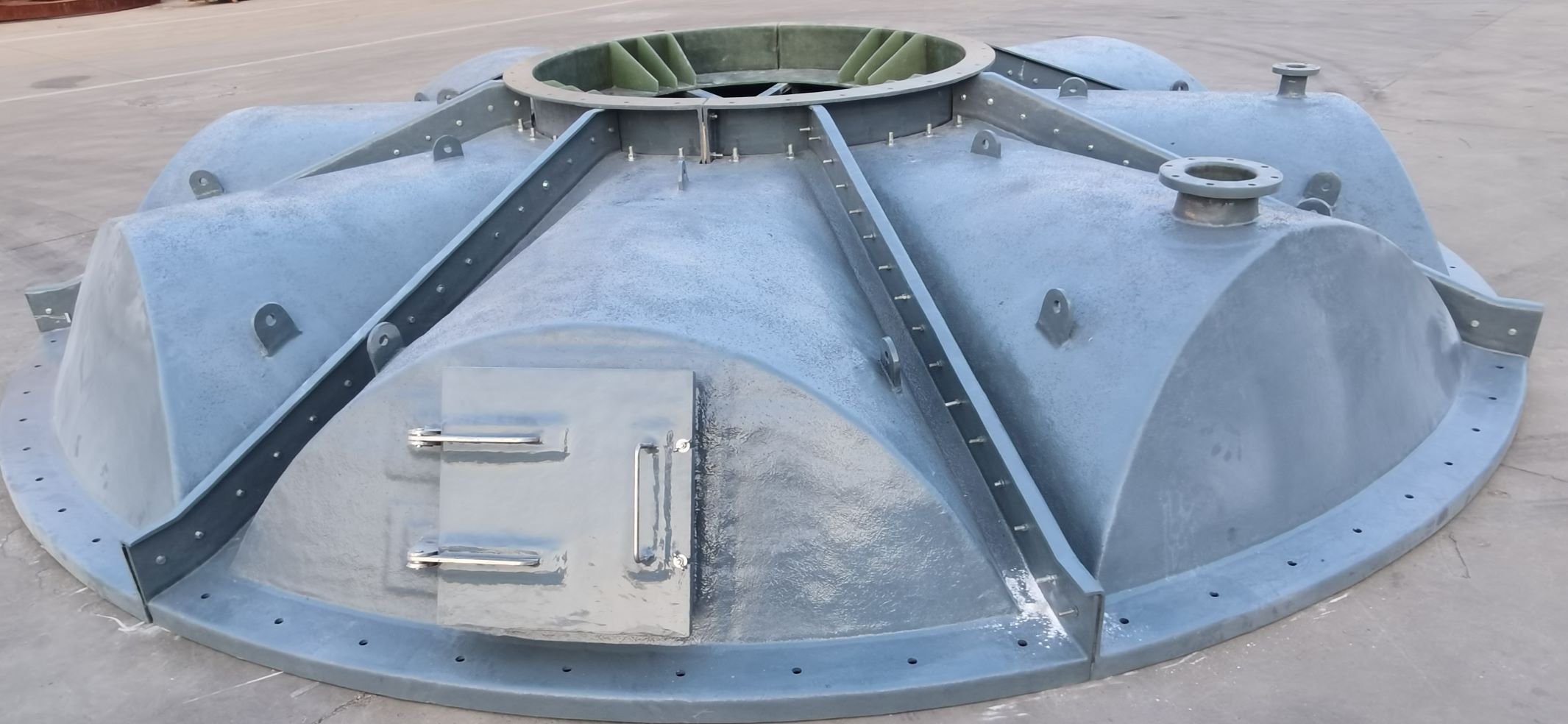
-
 Afrikaans
Afrikaans -
 Albanian
Albanian -
 Amharic
Amharic -
 Arabic
Arabic -
 Armenian
Armenian -
 Azerbaijani
Azerbaijani -
 Basque
Basque -
 Belarusian
Belarusian -
 Bengali
Bengali -
 Bosnian
Bosnian -
 Bulgarian
Bulgarian -
 Catalan
Catalan -
 Cebuano
Cebuano -
 China
China -
 China (Taiwan)
China (Taiwan) -
 Corsican
Corsican -
 Croatian
Croatian -
 Czech
Czech -
 Danish
Danish -
 Dutch
Dutch -
 English
English -
 Esperanto
Esperanto -
 Estonian
Estonian -
 Finnish
Finnish -
 French
French -
 Frisian
Frisian -
 Galician
Galician -
 Georgian
Georgian -
 German
German -
 Greek
Greek -
 Gujarati
Gujarati -
 Haitian Creole
Haitian Creole -
 hausa
hausa -
 hawaiian
hawaiian -
 Hebrew
Hebrew -
 Hindi
Hindi -
 Miao
Miao -
 Hungarian
Hungarian -
 Icelandic
Icelandic -
 igbo
igbo -
 Indonesian
Indonesian -
 irish
irish -
 Italian
Italian -
 Japanese
Japanese -
 Javanese
Javanese -
 Kannada
Kannada -
 kazakh
kazakh -
 Khmer
Khmer -
 Rwandese
Rwandese -
 Korean
Korean -
 Kurdish
Kurdish -
 Kyrgyz
Kyrgyz -
 Lao
Lao -
 Latin
Latin -
 Latvian
Latvian -
 Lithuanian
Lithuanian -
 Luxembourgish
Luxembourgish -
 Macedonian
Macedonian -
 Malgashi
Malgashi -
 Malay
Malay -
 Malayalam
Malayalam -
 Maltese
Maltese -
 Maori
Maori -
 Marathi
Marathi -
 Mongolian
Mongolian -
 Myanmar
Myanmar -
 Nepali
Nepali -
 Norwegian
Norwegian -
 Norwegian
Norwegian -
 Occitan
Occitan -
 Pashto
Pashto -
 Persian
Persian -
 Polish
Polish -
 Portuguese
Portuguese -
 Punjabi
Punjabi -
 Romanian
Romanian -
 Russian
Russian -
 Samoan
Samoan -
 Scottish Gaelic
Scottish Gaelic -
 Serbian
Serbian -
 Sesotho
Sesotho -
 Shona
Shona -
 Sindhi
Sindhi -
 Sinhala
Sinhala -
 Slovak
Slovak -
 Slovenian
Slovenian -
 Somali
Somali -
 Spanish
Spanish -
 Sundanese
Sundanese -
 Swahili
Swahili -
 Swedish
Swedish -
 Tagalog
Tagalog -
 Tajik
Tajik -
 Tamil
Tamil -
 Tatar
Tatar -
 Telugu
Telugu -
 Thai
Thai -
 Turkish
Turkish -
 Turkmen
Turkmen -
 Ukrainian
Ukrainian -
 Urdu
Urdu -
 Uighur
Uighur -
 Uzbek
Uzbek -
 Vietnamese
Vietnamese -
 Welsh
Welsh -
 Bantu
Bantu -
 Yiddish
Yiddish -
 Yoruba
Yoruba -
 Zulu
Zulu
grp chemical product
Understanding GRP Chemical Products Applications and Innovations
Glass Reinforced Plastic (GRP) chemical products have emerged as a vital component in various industries, thanks to their unique properties and versatility. GRP is a composite material composed of a polymer matrix reinforced with glass fibers, which enhances its strength and durability. This combination results in a lightweight material that is resistant to corrosion, chemicals, and environmental degradation, making it suitable for a wide array of applications.
Properties of GRP
One of the standout qualities of GRP chemical products is their superior strength-to-weight ratio. Compared to traditional materials like metal or concrete, GRP is significantly lighter, which simplifies transportation and installation. Additionally, its resistance to corrosion ensures longevity even in harsh environments. This characteristic is particularly beneficial in industries such as marine, chemical, and wastewater treatment, where exposure to corrosive substances is commonplace.
Another key property of GRP products is their thermal and electrical insulation. This makes them suitable for applications in electrical enclosures and components where protection from heat and electricity is crucial. Furthermore, GRP can be manufactured to specific standards depending on the requirements of different industries, including fire resistance and UV stability.
Applications Across Industries
The versatility of GRP chemical products allows for their use across various sectors. In the construction industry, GRP is increasingly employed in building panels, roofing, and moldings. Its lightweight nature enables easier handling and installation, while its strength provides structural integrity. Additionally, GRP products can be designed to meet aesthetic requirements, offering various colors and finishes.
In the aerospace sector, GRP is favored for components where weight reduction is essential for efficiency. Applications include interiors, fairings, and other elements that benefit from GRP’s lightweight properties and structural strength. The automotive industry has also embraced GRP, particularly in the production of body panels and other components that require durability without adding significantly to vehicle weight.
grp chemical product

The marine industry frequently utilizes GRP chemical products in boat hulls, decks, and other components due to their excellent resistance to seawater and ability to handle mechanical stress. Moreover, in the chemical processing sector, GRP is used for tanks, pipes, and other equipment which require resilience against aggressive chemicals, thereby extending the life of these essential components.
Technological Innovations
The production of GRP chemical products has seen significant technological advancements in recent years. Innovations such as automated filament winding and resin transfer molding have improved the efficiency and quality of GRP manufacturing. These techniques allow for better integration of glass fibers within the matrix, enhancing performance characteristics and reducing waste.
Recycling technologies for GRP materials are also in development, addressing environmental concerns related to the disposal of composite materials. Researchers are exploring methods to reconstruct GRP into reusable raw materials, minimizing the environmental footprint associated with composite waste. Additionally, the integration of bio-based resins into GRP manufacturing is gaining traction, aligning with global sustainability goals and reducing reliance on fossil fuels.
Conclusion
GRP chemical products represent a remarkable evolution in material science, offering unparalleled benefits across multiple industries. Their lightweight nature, corrosion resistance, and design flexibility make them an invaluable asset in modern applications. As technology continues to advance, the potential for GRP products will only expand, paving the way for new innovations that can address both industrial challenges and environmental sustainability.
With ongoing research and development aimed at enhancing the properties and recyclability of GRP products, the future looks promising. As industries increasingly prioritize sustainable practices, the adaptation and integration of GRP chemical products will play a crucial role in shaping the materials landscape of tomorrow. In conclusion, the evolution of GRP is not merely about replacing existing materials but revolutionizing how we think about product design, efficiency, and environmental responsibility.









